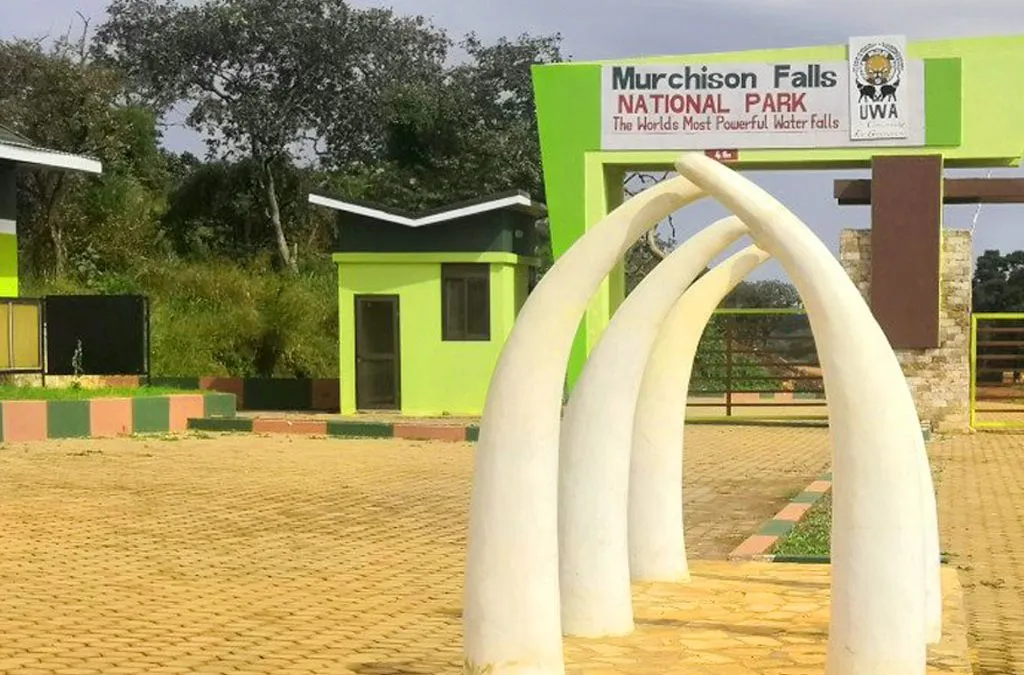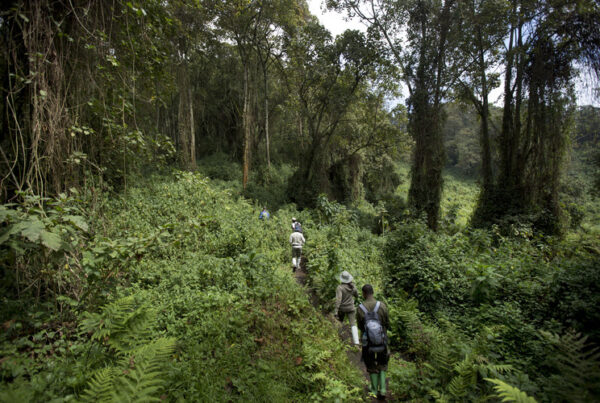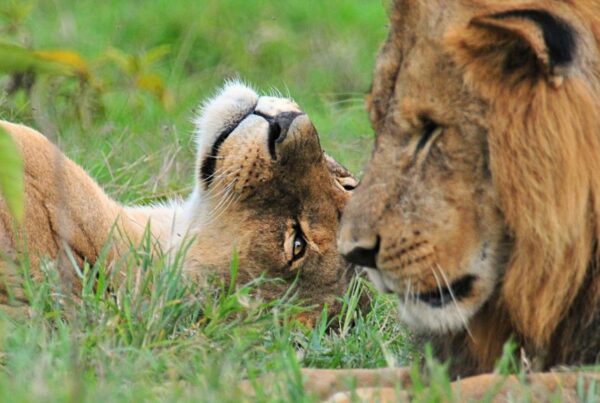How to Get to Murchison Falls National Park
The Journey Into Uganda’s Wilderness
Every unforgettable safari begins not with the first glimpse of wildlife but with the journey that leads to it. Nowhere is this more true than in Uganda, where the road to Murchison Falls National Park becomes an adventure in itself. Known as Uganda’s largest and oldest conservation area, Murchison Falls is celebrated for its breathtaking landscapes, iconic wildlife encounters, and the thunderous force of the Nile River as it squeezes through a narrow gorge to create the world’s most powerful waterfall. Yet, before one can marvel at the roaring falls or embark on a Nile safari, there is the practical yet equally enriching question of how to get there.
The journey to Murchison Falls is more than a matter of transportation. It is a transition from the bustle of Uganda’s urban centers into the serene embrace of the wilderness. Every mile traveled carries with it the promise of discovery—scenes of vibrant villages, lush farmlands, savannah plains, and the gradual unveiling of a park that captures the essence of Africa. Whether undertaken by road or by air, the path to Murchison Falls is not merely a route but an initiation into the safari experience itself.
This detailed guide will explore the many ways of reaching Murchison Falls National Park, the routes most favored by travelers, the highlights along the journey, and the practical considerations that ensure a seamless transition from city to wilderness. By the end, the choice of travel will not only seem clearer but will resonate with the understanding that getting there is as much a part of the adventure as the destination itself.
The Geographic Setting of Murchison Falls National Park
Before discussing how to reach the park, it is essential to understand where it lies within Uganda’s landscape. Murchison Falls National Park is located in the northwestern part of the country, straddling the districts of Masindi, Kiryandongo, Buliisa, and Nwoya. Covering approximately 3,893 square kilometers, the park is defined by the flow of the Nile River, which divides it into northern and southern sectors.
Its location places it roughly 305 kilometers from Kampala, Uganda’s capital city. This distance makes it both accessible for domestic and international travelers and far enough to preserve the aura of remoteness essential for a true safari. Depending on the mode of transport chosen, the journey may take between five to seven hours by road or less than two hours by air.
The park’s strategic position also links it with other attractions in Uganda’s western tourism circuit, including Ziwa Rhino Sanctuary, Budongo Forest Reserve, and further afield, the primate havens of Kibale and the mountains of the Albertine Rift. Thus, traveling to Murchison Falls is not only a journey to one park but often the opening chapter of a broader Ugandan adventure.
Getting There by Road: The Classic Safari Approach
For many travelers, the preferred way of reaching Murchison Falls is by road. A road journey provides more than just transport; it offers a gradual immersion into the landscapes, cultures, and rhythms of Uganda. By the time the park gates are reached, the traveler has already absorbed the essence of the country, making the first game drive a continuation rather than the beginning of discovery.
The most common starting point is Kampala, Uganda’s capital. From here, several routes lead toward the park, each with its own character, duration, and highlights. The Kampala–Masindi–Paraa route is the most frequently used, offering both accessibility and scenic variety. The road to Masindi passes through bustling towns, rural settlements, and stretches of farmland, giving travelers an insight into daily life along the way.
One of the most rewarding aspects of this route is the possibility of stopping at the Ziwa Rhino Sanctuary, located in Nakasongola District. This sanctuary is the only place in Uganda where rhinos can be observed in the wild, and it serves as an important conservation site aimed at reintroducing rhinos into the country’s protected areas. A stop here allows travelers to experience a walking safari with these magnificent animals before continuing toward Murchison Falls.
From Masindi, the road continues toward the southern gates of the park. The journey passes through Budongo Forest, a tropical rainforest rich in biodiversity and home to chimpanzees, colobus monkeys, and countless bird species. The sudden change from farmland to dense forest marks a symbolic transition into wilder terrain. Emerging from Budongo, the road soon reveals the sweeping grasslands that herald the approach to the Nile and the park’s core areas.
The road journey usually culminates at Paraa, the central hub of Murchison Falls National Park. Here, the ferry crossing over the Nile connects the southern and northern banks, opening access to game drives and river safaris. The moment of crossing the Nile by ferry is often remembered as one of the highlights of the journey, a symbolic passage into the heart of the park.
Alternative Road Routes to the Park
While the Kampala–Masindi–Paraa route is the most popular, alternative routes exist for travelers seeking different experiences. One such route passes through Kampala–Hoima–Bulisa, which enters the park from the western side near Lake Albert. This route is particularly scenic, offering panoramic views of the Albertine Rift Valley and the escarpments that overlook the lake.
Another route passes through Kampala–Gulu–Pakwach, entering the park through the northern gates. This approach is often favored by travelers combining Murchison Falls with destinations further north, such as Kidepo Valley National Park or the cultural regions of northern Uganda.
Regardless of the route chosen, the experience of traveling by road emphasizes the vastness of Uganda and the diversity of its landscapes. Each journey is accompanied by the sights of roadside markets, traditional homesteads, and ever-changing terrain, making the road to Murchison Falls an immersive introduction to the country’s character.
Traveling by Air: A Swift Gateway to Wilderness
For travelers with limited time or those seeking greater convenience, flying to Murchison Falls National Park provides an efficient alternative. Domestic flights operated by local airlines connect Entebbe International Airport and Kajjansi Airfield to several airstrips located within or near the park.
The most commonly used airstrips include Pakuba Airstrip, located on the northern bank; Bugungu Airstrip, situated near the southern sector; and Chobe Airstrip, serving the eastern regions of the park. Each airstrip is strategically positioned to provide easy access to lodges, game drive routes, and river cruises.
Flights typically last between one and a half to two hours, drastically reducing travel time compared to road journeys. Upon landing, travelers are met with sweeping views of savannah plains and the possibility of spotting wildlife even before leaving the airstrip. It is not uncommon for antelopes or giraffes to be seen grazing within sight of the runway, creating an immediate sense of arrival into the wilderness.
Air travel is particularly appealing for luxury travelers, families with young children, or those who wish to maximize their time within the park rather than on the road. It also provides the opportunity to combine Murchison Falls with more distant destinations in Uganda, such as Bwindi Impenetrable National Park for gorilla trekking, without the need for lengthy transfers.
Practical Considerations for Reaching the Park
The choice of how to get to Murchison Falls depends not only on preference but also on practical considerations. For road travel, it is essential to account for road conditions, seasonal variations, and travel times. During the rainy season, certain stretches may become challenging, particularly for smaller vehicles, making 4×4 vehicles the most reliable option.
Travelers by air must plan around flight schedules, which may be limited depending on the day of the week and demand. Advance booking is strongly recommended, particularly during the peak tourism seasons between June and September or December and February.
Another consideration is the entry gates of the park. Depending on the chosen route or airstrip, entry may be through the southern gates near Masindi, the northern gates near Pakwach, or the western approaches near Bulisa. Each entry point offers different access to specific regions of the park, influencing the initial safari experience.
The Experience of Arrival: Crossing Into the Wild
Regardless of the mode of transport chosen, the moment of arrival at Murchison Falls is marked by a profound shift in atmosphere. The hum of the city or the rhythm of the road gives way to the sounds of the wild: the distant call of a fish eagle, the rustle of grasses in the wind, or the low grunts of hippos echoing from the Nile.
For those arriving by road, the ferry crossing at Paraa is often a highlight. As the vehicle boards the ferry and drifts across the Nile, travelers are surrounded by hippos surfacing nearby and crocodiles gliding through the water. The crossing is both practical and symbolic, representing a passage from the everyday world into the realm of wilderness.
For those arriving by air, the descent onto Pakuba or Bugungu airstrip provides a different kind of drama. From above, the endless plains stretch toward the horizon, dotted with giraffes and buffalo. The moment of touchdown brings with it the immediate realization that one has arrived in the heart of Africa.
Linking Murchison Falls With Other Destinations
Another important aspect of reaching Murchison Falls is its connectivity with other attractions in Uganda. For travelers seeking a multi-destination safari, the park often serves as the starting point or midpoint of itineraries that may include Kibale Forest for chimpanzee tracking, Queen Elizabeth National Park for tree-climbing lions, or Bwindi Impenetrable Forest for gorilla trekking.
The road networks and domestic flights allow for seamless connections, making Murchison Falls not an isolated destination but a central pillar in Uganda’s safari circuit. This connectivity enhances its appeal, as travelers can weave together diverse experiences into a single journey across the country.
The Pathway to Africa’s Most Powerful Waterfall
To reach Murchison Falls National Park is to begin a journey that is as meaningful as the destination itself. Whether undertaken by the long and scenic road routes that reveal Uganda’s cultural and natural diversity or by the swift and dramatic flights that deliver travelers directly into the wild, the experience of getting there is inseparable from the safari that follows.
The park’s location, accessibility, and multiple entry points make it a destination that welcomes all kinds of travelers, from adventurers seeking the romance of the road to those who prefer the convenience of air travel. In every case, the arrival at Murchison Falls marks the beginning of encounters with wildlife, landscapes, and the timeless force of the Nile that defines Uganda’s wilderness.
For those planning their journey, it is recommended to travel with WildHorn Africa, a trusted safari provider that ensures not only smooth logistics but also authentic experiences. With expert guidance, carefully designed itineraries, and a commitment to comfort and sustainability, WildHorn Africa transforms the journey to Murchison Falls from a matter of transport into a profound part of the safari adventure.





 WildHorn Africa – Authentic and unforgettable tours across Africa, guided by local experts who know the land, wildlife, and culture best.
WildHorn Africa – Authentic and unforgettable tours across Africa, guided by local experts who know the land, wildlife, and culture best.


